Whenever someone asks, “Where are you from?” my answer is I was born and raised in Japan, but I’m ethnically Taiwanese. This “but” represents the dissonance I feel in my identity. I could never say I am Japanese because I’m not ethnically from there, and I’m not Taiwanese because I never lived there. When I’m in Japan, people think I’m Chinese and when I’m in Taiwan, people think I’m Japanese.
Chinatown became a place that spoke to my experience as a third culture child. A third culture child is a person raised outside their parents’ country or culture. This neighborhood was built by Chinese people who came to New York to make a life for themselves, like the woman I met who has sold asparagus near Canal Street for 43 years. And there are people who moved here recently, like a man I met who moved two years ago from Guangdong to work at a fish market on Walker Street.
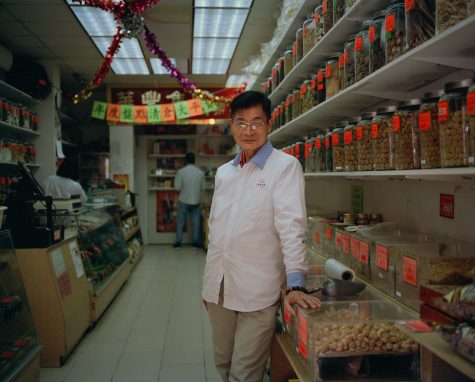
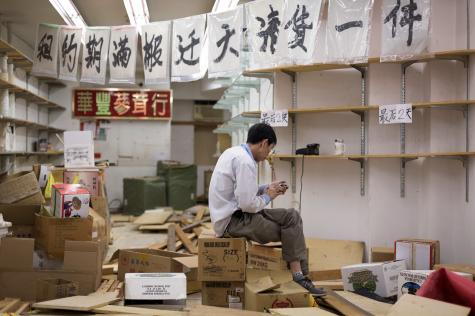
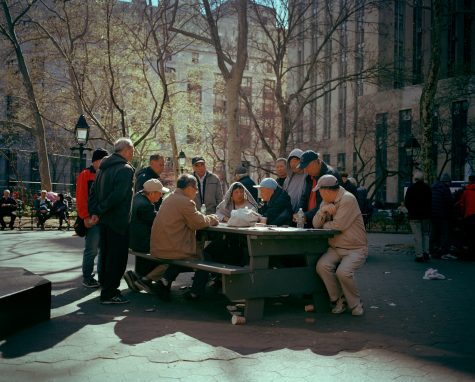
I felt a sense of tension between those who visited and those who worked there. Maybe it’s because there is an assumed language barrier. Or maybe it’s because tourists are observing someone’s home. I wanted to close this gap between visitors and Chinatown through my photography. I wanted people to see that it was more than just a tourist neighborhood. From my ongoing photographic experience with Chinatown, I learned that people don’t find homes through the neighborhood but the little gems within it. These minuscule things, that can present themselves on a simple walk down the street, create familiarity in an unfamiliar place. Like the street vendor selling egg pancakes or the curry pastries in the supermarkets.
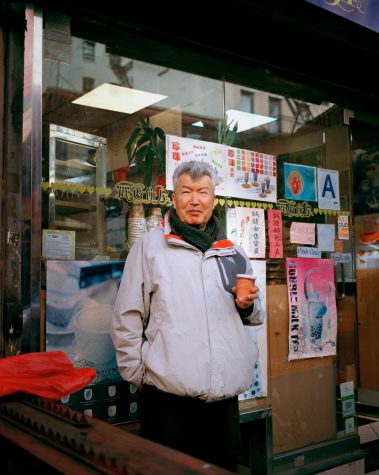
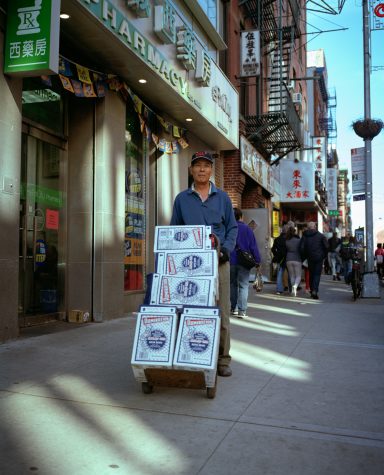
While talking to the woman selling asparagus, she said she loved Chinatown because of the community. I heard the same answer from many workers and people I talked to. There was an implied community that welcomed you with open arms. They all understand how hard it was to leave home and how hard it is to stay connected it when you are thousands of miles away.

This place may not be the same as home, but it can be close enough to bring you back for a moment.
Email Shina Peng at [email protected].

























































































































































